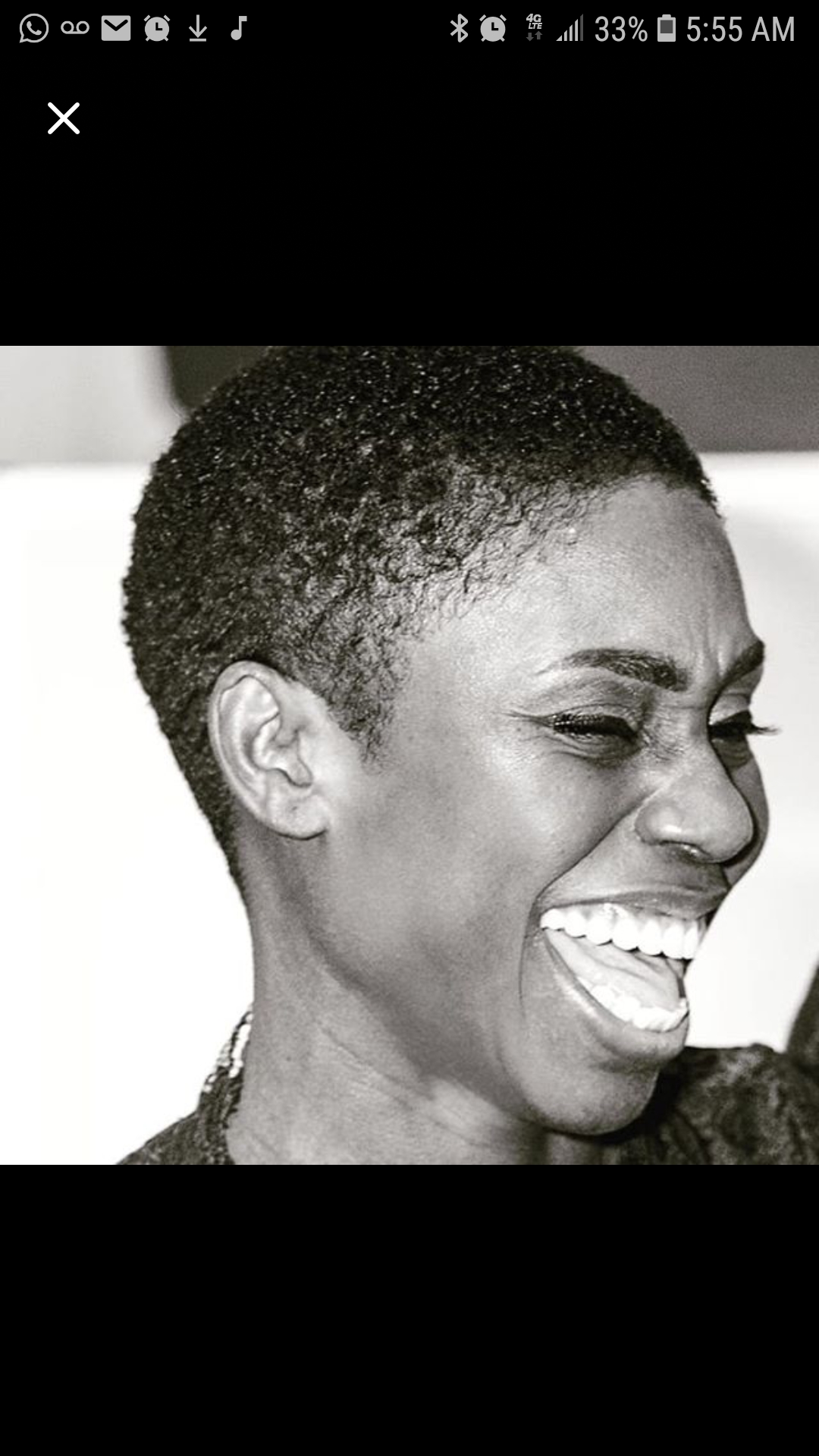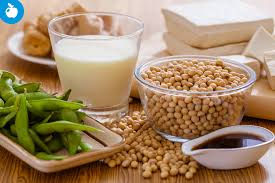Anemia and Iron Absorption
- Mericia Anglade

- Nov 16, 2023
- 6 min read
Updated: Dec 5, 2023
In the crust of the earth are several metals which also perform functions in the human body. Iron is one of the metals present in both the dust of the ground and the body of the human. The major portion of the iron present in a human is present in his red blood cells in the form of hemoglobin, the red pigment of the cells. The quantity of hemoglobin in the blood has a narrow range of normality. A woman living at sea level probably has an ideal hemoglobin level in the range from 10.5 to 12.5 grams per 100 cc of blood. If one lives at higher elevations, the hemoglobin which is necessary to carry sufficient oxygen to supply the needs of the tissues increases. For a man living at sea level, the hemoglobin is ideal between 13 and 15.0. If the level of hemoglobin is significantly below or above these fairly narrow ranges, the person may suffer general symptoms consisting of fatigue, weakness, and lack of energy. These symptoms result from a starvation of the body cells for oxygen. Since hemoglobin carries oxygen to the tissues and carbon dioxide from the tissues back to the lungs, the lack of these substances results in the symptoms mentioned, and is called "anemia."
Anemia is of three primary types: nutritional deficiency, an increased loss of red blood cells, and a reduction in the formation of red blood cells by the bone marrow. All forms of anemia fall into one of these three categories.
Iron is absorbed normally in the upper portion of the small bowel. Some people do not recognize that iron overload is as injurious to the body as too little iron. Men especially must guard against getting too much iron in the "iron stores" of the body. In fact, there is a mechanism to regulate the absorption of iron from the small bowel so that no more than 5-10% of the iron in food is absorbed under normal conditions. The presence of anemia causes the blood to carry less oxygen and the regulatory mechanism is not as efficient in the presence of reduced oxygen, does not act as vigorously to keep out iron, and consequently as much as 30% of the iron in food can then be absorbed. In extreme anemia or in childhood as much as 60% is occasionally absorbed. Men and post-menopausal women do not have a good mechanism for getting rid of excess iron, and with too much iron there can be damage to the pancreas, the liver, the digestive tract, and other organs where iron is stored.
On the other hand, a woman should carefully guard against depletion of her iron stores, which might occur following pregnancy or any type of hemorrhage. Even though she may absorb greater quantities of iron from her food in case of anemia, she has the extra absorption only as long as the hemoglobin in her blood is low. Anemia can be corrected without repletion of iron stores. Where this happens, iron absorption again falls, and only minute quantities of absorbed iron get packed away to replete the diminished iron stores. It may take several years to bring stores to normal for a woman who has lost a significant quantity of blood in childbirth or hemorrhage, or in repeated losses from excessive menstruation, intestinal parasites, or a peptic ulcer.
The commonest cause of anemia is an iron deficiency, accounting for more than 90% of cases. If a woman in the childbearing age has anemia it should be considered due to iron deficiency unless it is proven to be from some other cause. A man, on the other hand, should be given a complete medical workup if he turns up with anemia, since the anemia can often herald a systemic disease such as shut-down of the bone marrow following toxicity from a drug such as an antibiotic, or chronic blood loss from a peptic ulcer or a cancer. No treatment should be given to a man until the medical work-up is complete, but a woman can be given a trial anemia routine. She will usually respond nicely.
exercise.
Sunshine stimulates blood-making. It promotes general good health. Vitamin D assists in the making of blood, and can be obtained in adequate quantities from daily sun exposure of the skin, at least 6-inches square.
Fresh air is essential for cleansing the blood. Good posture and deep breathing of pure air is a good way to build the blood and to nourish all the cells of the body. It is a natural protection against anemia.
Proper clothing of the extremities keeps the circulation equalized between the trunk and extremities. Proper blood building can be accomplished only by healthy bone marrow activity. Habitual chilling of the extremities causes a tax on the body. Chilling of blood that will circulate to the bone marrow will decrease the rate at which blood cells can be made.
Chronic blood loss, as from excessive menstruation, or a little daily loss from a bleeding point in the gastrointestinal tract, can keep the iron stores low. These conditions should be promptly corrected by proper measures.
To stimulate the bone marrow and the circulation, use the "short cold bath." Adjust the temperature of the water in the tub between 40 and 90°. The greater the cold, the less time spent. Try a half a minute at 40-50° F, 1 minute at 60-70°, 2 minutes at 70-80°, 3 minutes at 80-85°, and 3 and a half minutes at 90°.
ANEMIA ROUTINE
Iron absorption can be increased or decreased by the diet. Vitamin C present in a meal can increase iron absorption. Ordinary pekoe tea can decrease iron absorption, especially from such staple foods as corn and wheat bread, rice, potatoes, and onions. If the diet consists chiefly of vegetable staples, tea may be a significant factor in the development of anemia. Use a diet high in iron and vitamin C.
The common greens, both cooked and raw, are especially efficient in correcting anemia. All common beans, dried fruits, apricots, avocados, and fruits high in vitamin C are helpful. Feeding dried peaches to persons with anemia may have a salutary effect on the hemoglobin. Apricots and prunes are most active, with raisins, grapes, and apples being next. Apparently, iron is not the beneficial factor, but some other substance still unknown. The whole grain breads and cereals are good sources of iron. Vitamin C is required for the absorption of iron from the digestive tract. Avoid milk as it has been shown to possess an inhibiting factor in iron absorption. (Journal of Biological Chemistry, Volume 96:593-608)
One should work out daily in the sunshine, getting plenty of exercise, as exercise stimulates the bone marrow. Deep breathing also stimulates the bone marrow. Being regular in all of one's habits encourages a vigorous bone marrow; therefore, one should eat at the same time each day; not overeat; go to bed at the same time each night, but not sleep too much; and exercise daily, preferably at the same time, followed by a cool bath and brisk rubdown. The amount of outdoor exercise should be 1-3 hours.
Preventive Medicine
Fibroids can cause heavy vaginal bleeding.
If the bleeding is prolonged, and it occurs more frequently with severe blood loss, anemia and related symptoms can occur.
Fibroids can cause heavy vaginal bleeding.
If the bleeding is prolonged, and it occurs more frequently with severe blood loss, anemia and related symptoms can occur.
Treatment Program
Garlic (capsules): Take 2 twice a day for six weeks. You may later cut down to once a day after the six weeks.
Cayenne pepper mixed with goldenseal: 2 capsules twice a day.
Echinacea tea: Mix at the rate of one teaspoon per cup
Herbs for ANEMIA
Dandelion tea: Mix at the rate of one teaspoon per cup
Barberry Bark tea: Mix at the rate of one teaspoon per cup
Hydrotherapy in the form of a moderately cold daily shower is thought to be stimulatory to the bone marrow. A cold mitten friction stimulates the blood-making organs. The cold mitten friction is applied by squeezing a wash cloth from very cold water (even icy) and briskly rubbing the skin beginning at the fingertips and spreading over the entire body, keeping the wash cloth cold in the ice water. Another water remedy is the short cold bath, beginning with a bath temperature of 75° F and reducing the temperature 5° per day until the temperature is 60°. The length of time spent in the cold water should be 1/2 to three minutes, splashing the water onto the arms and shoulders while sitting in the tub of cold water. Continue daily treatments until the anemia is corrected.
If the anemia is due to cancer, the use of wood charcoal internally may be helpful.
Cancer-induced anemia is due to toxicity, and charcoal taken by mouth can adsorb toxic products. Take eight charcoal tablets in the mid-morning, eight in the mid-afternoon, and eight at bedtime. Avoid taking the charcoal tablets within one hour of eating a meal, since eating interferes with the action of the charcoal. Charcoal does not interact with the body, therefore, over-dosage is unlikely. Agatha M. Thrash, M.D.Preventive Medicine
For more information and a one one consultaiton please
contact us at 305-396-1571.




Comments